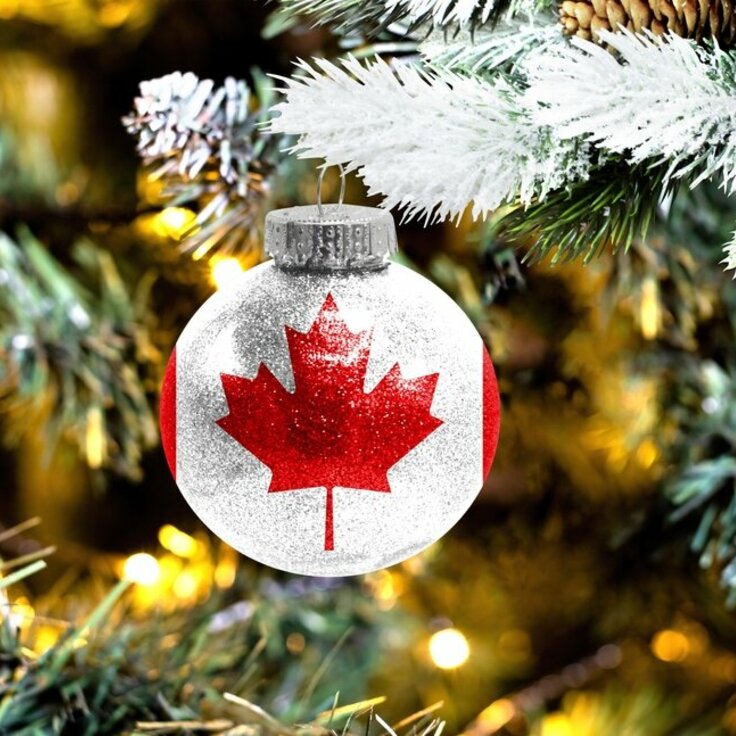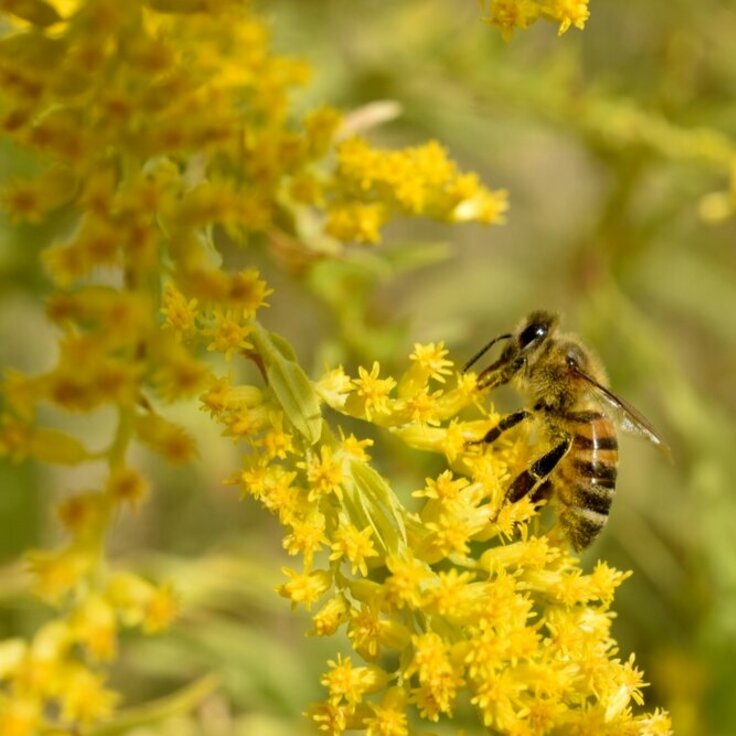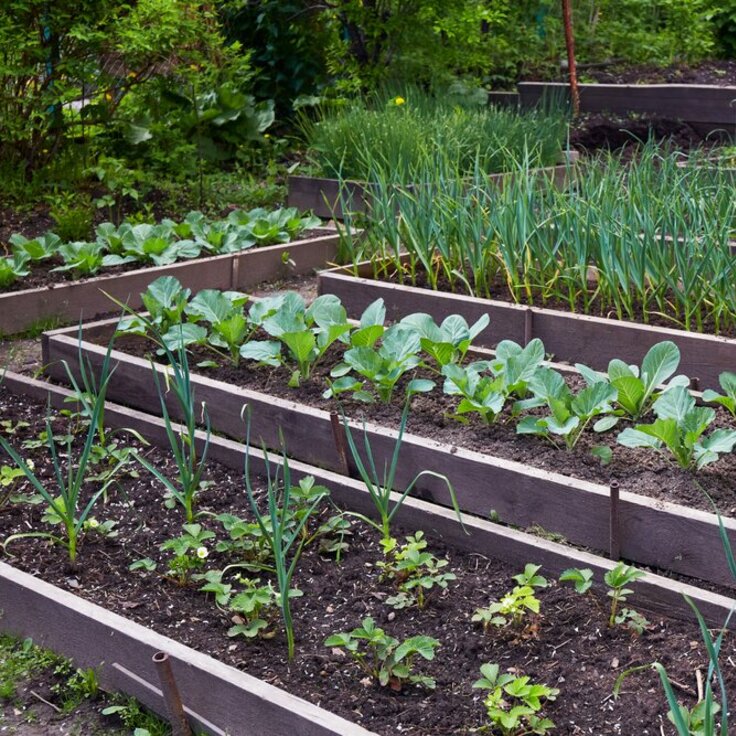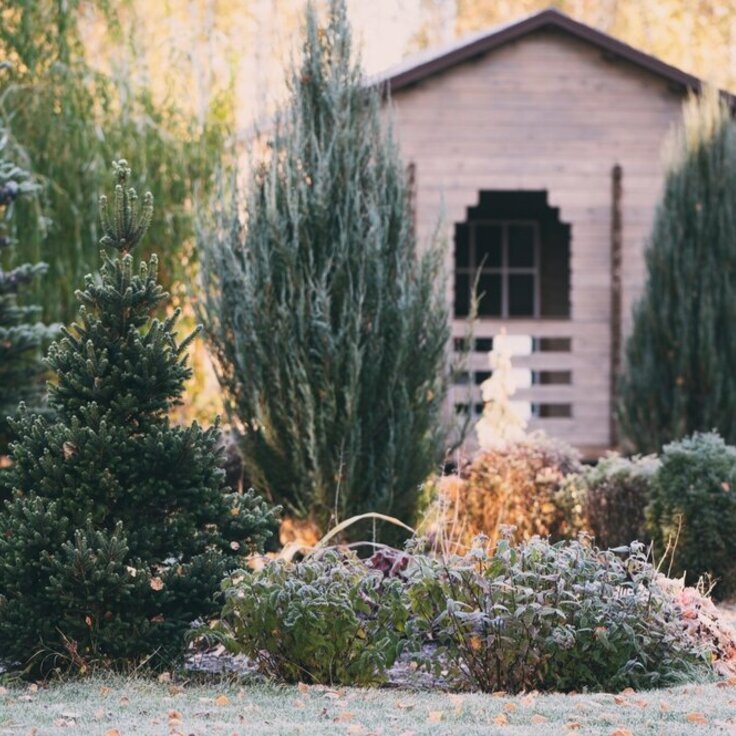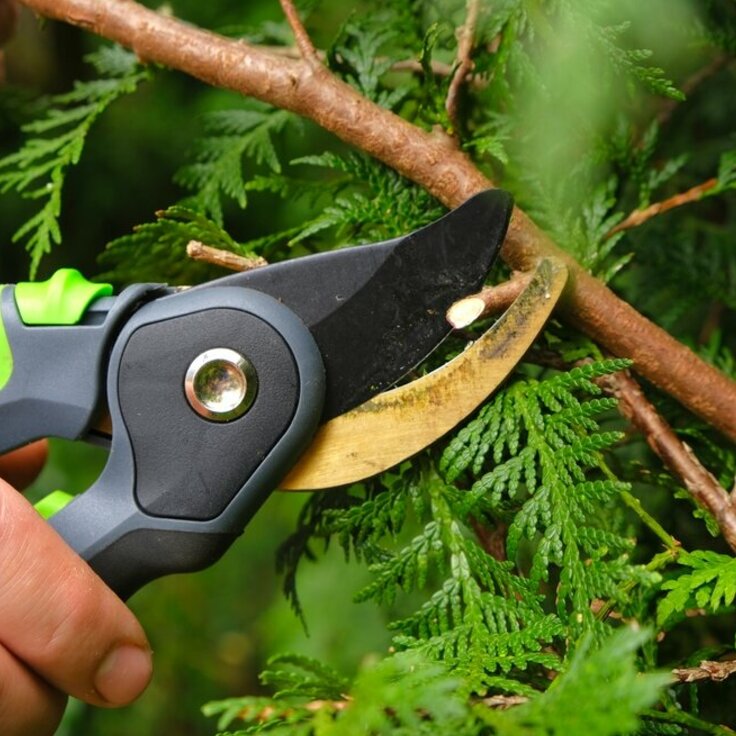Training Strawberries
Planting a strawberry bed is easy. It's what comes afterwards that tends to get out of hand -- the runners, the weeds, the weeds -- and the weeds. Be sure to put down a thick layer of hay to suppress weeds and then you'll have time to focus on training the runners.
There are different methods for spacing and training plants, and it all boils down to type of berry (June-bearing, everbearing, or day-neutral) and whether you want fewer berries and less work, or more (and sometimes bigger) berries and more work.
Matted Row
June-bearing varieties are best planted about 18 to 24 inches apart in rows 3 to 4 feet apart. This is the ideal scenario for best yields but you can adjust the distance between rows to work with the space you have available. When the mother plants send out runners, let them root and form a matted row. Do limit the width of the rows, however, to about 24 inches, or the plants in the center are likely to be unproductive.
Spaced Row
For a bigger harvest, train your June-bearing plants a bit more to limit the number of daughter plants. They will have more room to grow without competition for water and nutrients and, in some cases, sunlight. Space some of the offspring to root no closer than 4 inches apart, and remove the rest of the daughter plants. Some people recommend spacing them no closer than 9 inches apart, so there's lots of wiggle room. If you have to move a runner, just weigh it down with soil until the plant sends out new roots -- don't sever the daughter from the mother plant.
Hill System
This system works well for everbearing (intermittent fruiting throughout the summer) and day-neutral (continuous fruiting) varieties. Make long hills about 8 inches high and 2 feet wide. Stagger the plants about 12 inches apart in two rows along the length of the hill. Remove all runners so the plants focus energy on producing fruit.
Pruning Flowers
Pruning the flowers the first year you plant is another chore that can make a difference in just how many people you can invite over for shortcake at any one time. The June-bearing varieties need to devote energy into producing new daughters and flowers for the next year's peak fruiting in June. So pinch off all flowers the first year you plant. The everbearing and day-neutral strawberries don't need as much time to "bulk up" because they don't produce as many runners, so pinch off the flowers until July and then let them fruit.
Strawberry beds have a limited span of productivity -- three or four years. If you have the space, you could have two strawberry beds -- one to bear fruit and one to plant anew with next year's fruit-bearers. Otherwise, you'll need to renovate the June-bearer's bed every year by mowing over it with a lawn mower after fruiting. Then thin the plants to the correct distance apart.
Everbearing and day-neutral plants also should be thinned in subsequent years to keep them from becoming overgrown. In general, keep only the first daughter of each runner because it will bear better than a second or third daughter on that same runner.
All of this training and thinning is a ritual like many others in the garden that brings us to the table to savor the fruits of our labors. In my family, nothing beats lip-smacking strawberry shortcake. Now, if only the strawberries ripened in sync with the rhubarb
Ream more from the National Gardening Association.




